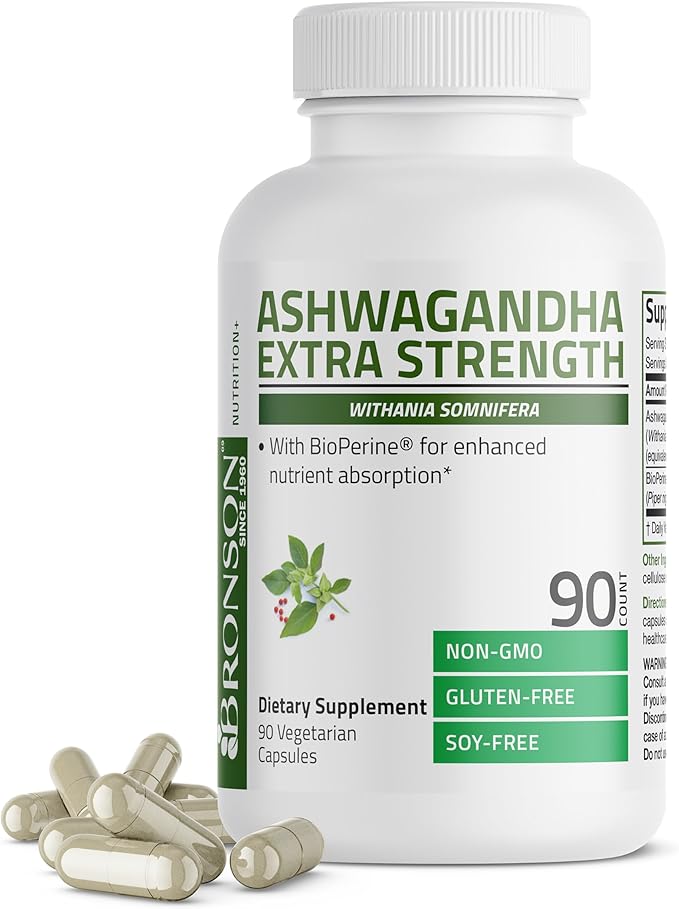Can you take Acetyl L-Carnitine and L-5-Methyltetrahydrofolate together?
Interaction Details
Taking Acetyl L-Carnitine and L-5-Methyltetrahydrofolate together has the potential for good synergy, suggesting a rating of 4 out of 5.
The combination of Acetyl L-Carnitine and L-5-Methyltetrahydrofolate may exhibit a synergistic effect by enhancing energy production and supporting methylation processes. Acetyl L-Carnitine plays a crucial role in transporting fatty acids into the mitochondria for energy production, while L-5-Methyltetrahydrofolate is involved in the methylation of homocysteine to methionine, a process critical for maintaining healthy cardiovascular and nervous systems. The synergy arises from the potential for L-5-Methyltetrahydrofolate to support the production of S-adenosylmethionine (SAMe), a key methyl donor, which in turn may enhance the utilization of Acetyl L-Carnitine in energy production pathways. Furthermore, both compounds are involved in supporting the health of the nervous system, which could lead to a cumulative beneficial effect on cognitive function and overall metabolic health.
Potential Benefits
Potential Risks
Acetyl L-Carnitine
Acetyl L-Carnitine (ALCAR) is an acetylated form of L-Carnitine, an amino acid derivative that plays a crucial role in energy production. It is involved in the transportation of fatty acids into mitochondria, where they can be burned for energy.
L-5-Methyltetrahydrofolate
5-MTHF L-Methylfolate (also sometimes called Levomefolate) is the active form of folate – also known as vitamin B9, which plays a crucial role in various bodily functions, including DNA synthesis, cell division, and homocysteine metabolism. It is essential for the production of red blood cells and helps prevent anemia. L-5-Methyltetrahydrofolate is involved in the conversion of amino acids, synthesis of neurotransmitters, and maintenance of healthy nerve cells.
